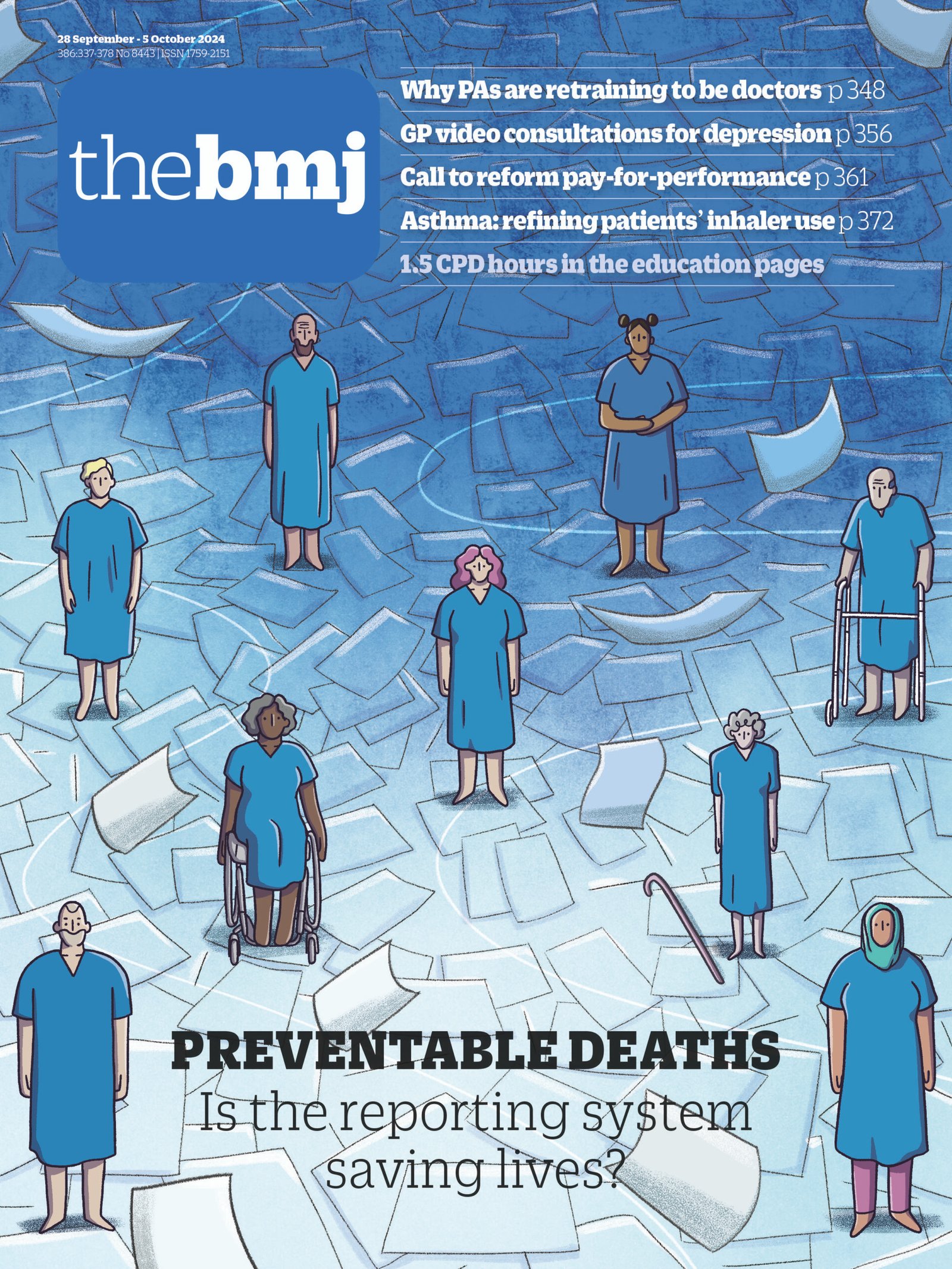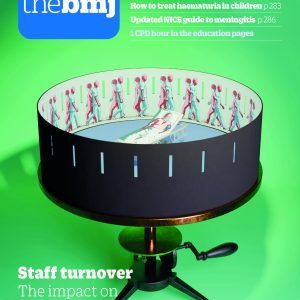
Academicism
In the 4th century BCE, Plato founded a new school of astronomy, mathematics, and philosophy, in a region of Athens, which, with its olive groves and gymnasium, was named after the Greek hero Academos. The school was therefore called the Ἀκᾰδήμία, the Academy.
As I have discussed elsewhere, the word “academy” and its derivatives entered English in a slightly unusual order, the noun “academic” preceding other forms, such as “academy” itself and other derivatives.1
When “academicism” first entered English at the start of the 17th century, it meant “a tenet or opinion of Academic philosophy”; by the end of the century it had come to mean academic philosophy itself and in particular philosophic scepticism, which had been a major feature of the philosophy taught in the Academy during its middle period, after Plato’s death.2
It wasn’t until the middle of the 19th century that “academicism” came to mean the state or quality of being academic, and even then it applied mainly to the arts and not the sciences, which were not really considered to be subjects worthy of serious study, at least by English university academics, until the end of the 19th century. Even so, pejoration only occasionally tended to imbue the term with negative rather than positive qualities. “Academicism” has sometimes been described as “dry” and has been defined, for example, as referring to purely speculative thoughts and attitudes.3
Nevertheless, the term “academic,”as both a noun and an adjective, which is by far the most commonly used English word derived from the idea of an academy, is rarely collocated with a pejorative term. Indeed, according to the British National Corpus, the most common collocate with “academic” is “research,” followed by “staff,” “community,” “full-time,” and “freedom.” Among the top 100 collocates by frequency, the only one that is pejorative is “purely,” and that comes a long way down the list, 41st in fact, “research” being eight times more common as a collocate.
Research that some think falls into the category of “purely academic” is sometimes called “blue-skies” or “intellectual” research. However, neither of those terms features in the list of the 100 most common collocates with “research.” Indeed, no pejorative term features at all on that list.
It appears, therefore, that despite an occasional pejorative use, activities and individuals associated with academic practices are generally held in high regard, or at least not derided.
Academic curiosity
So, if academic practice is generally regarded as worthwhile, what are the desirable qualities that go into making an academic? There are several, and among them, in my opinion, curiosity is the most important.
The word “curiosity” has several meanings. Leaving aside some of the less helpful, often obsolete, definitions listed in the Oxford English Dictionary (OED), such as “carefulness,” “exactness,” “fastidiousness,” “skill,” “ingenuity,” and “connoisseurship,” taking only the single definition “desire to know or learn,” we find three different shades of meaning:
• In a blamable sense: the disposition to inquire too minutely into anything; undue or inquisitive desire to know or learn.
• In a neutral or good sense: the desire or inclination to know or learn about anything, esp. what is novel or strange; a feeling of interest leading one to inquire about anything.
• Inquisitiveness in reference to trifles or matters which do not concern one.
Added to that is a fourth potentially relevant meaning, given separately in the dictionary:
• A desire to make trial or experience of anything novel.
The first and third senses are irrelevant to academic curiosity. For instance, Eve, in the Book of Genesis, and Pandora, in the Greek myth, both suffered because of non-academic curiosity about matters that they had been warned not to investigate.
Much evidence supports the proposition that the OED’s second type of curiosity has been praised at times other than the recent past. Take, for instance, a quotation from 1632—“A noble and solid curiosity of knowing things in their beginnings”4—and one from 1871—“Nor had you any other curiosity to know their states or their laws.”5 The latter comes from Benjamin Jowett’s translation of Plato’s Crito, in which Socrates imagines the Athenians criticising him for parochiality.
Samuel Johnson certainly had no doubts about the matter: “Curiosity is one of the permanent and certain characteristics of a vigorous mind.”6 “Curiosity is, in great and generous minds, the first passion and the last.”7 “A generous and elevated mind is distinguished by nothing more than an eminent degree of curiosity.”8
Likewise Anatole France in the 19th century: “The whole art of teaching is only the art of awakening the natural curiosity of young minds for the purpose of satisfying it afterwards.”9 Others in the 20th century who have commended curiosity have included Clarence Day— “Curiosity is a valuable trait. It will make the simians learn many things”10—and John Russell Howard—“The first attribute of a surgeon is an insatiable curiosity.”11 To which I would add, “and of a physician.”
Evidence
Of course, it is easy to find quotations to support almost any view, in this case that curiosity “in a good sense” has been commended through the ages. But quotations are not enough. What we need is hard evidence that research motivated by curiosity leads to discoveries of practical value.
The first type of evidence comes in the form of anecdotes. There are many, of which I shall cite two. First, the original blue-skies research.12
Blue skies research In 1869 John Tyndall (the discoverer of the greenhouse effect) became interested in the question of why the sky is blue. He showed that it was because of the scattering of light by particles in the atmosphere, and this led him to devise a method for determining whether an atmosphere was particle-free. His technique was later used by Pasteur to show that a particle-free (i.e. germ-free) atmosphere could not support bacterial life, thus providing evidence against the theory of spontaneous generation, and by Tyndall himself to provide evidence in support of Lister’s hypothesis that the airways of the lungs have defence mechanisms for filtering out particles in the air. Tyndall’s later examination of why particles floated in the air led him to discover the antibacterial effect of penicillin, over 50 years in advance of Fleming,13 and his investigations of the properties of scattered light led him to show that light could be made to travel in a curved path, a discovery that was later harnessed in the technology of fibre optics. So much for the impracticality of the blue sky.
Delayed relevance Number theory provides a second example of a form of research that apparently has no practical applications. However, after many years of studying the properties of prime numbers, and generating larger and larger examples, to no apparent purpose other than satisfying the theorists’ curiosity, they turned out to have practical relevance, in algorithms that protect computer systems against hacking, such as the Rivest–Shamir–Adleman (RSA) public key encryption algorithm. The system depends on the practical impossibility of factorising numbers that are products of exceptionally large prime numbers. In the 3rd century BCE the Greek mathematician Euclid proved that there is an infinitude of prime numbers; the RSA algorithm was first made public in 1977.
Definitive evidence However, if we seek more definitive evidence that practical discoveries could not come about at all without a contribution from research that was originally undertaken out of nothing more than curiosity, we can find it in work done by Comroe and Dripps.
Julius Comroe was a physician, a specialist in respiratory physiology, who had a lifelong interest in the process of bioscientific discovery.1415 Robert Dripps, an anaesthesiologist, was a long time colleague of Comroe’s, a man, according to his obituarist, who “primarily was recognised as a scholar because he always remained curious.”16 In the late 1960s Comroe enlisted Dripps’s support in carrying out an ambitious research project aimed at delineating the ways in which 10 important clinical advances had been generated. Their purpose was to use this systematic investigation to justify a national biomedical research policy.17
Comroe and Dripps selected 10 important advances in cardiovascular and respiratory medicine and surgery, including various diagnostic and therapeutic methods (e.g. electrocardiography, cardiac resuscitation). They avoided personal bias in making their choice, by asking 40 physicians to list the advances they thought most important for their patients and then sending the complete list to 40–50 other specialists, asking them to add to the list. The 10 advances mentioned most often were selected.
They then enlisted the help of 140 consultants in identifying the pieces of information that were essential in the development of those advances, and in this way delineated 137 essential bodies of knowledge. They examined 4000 publications relevant to those bodies of knowledge, of which they deemed 2500 to have been of particular importance. For each of the 137 bodies of knowledge, they then arranged the important items in chronological order of discovery. For example, their list of items that led to modern electrocardiography contained 45 publications, starting with the first description of an electrical generator by Otto von Guericke in 167218 and ending with a description of direct electrical recording from the specialised conducting fibres of the heart in 1967.19
Their next task was to identify the key publications in each list, nominated by specialist reviewers, and then to determine whether each article could be considered to describe basic research (i.e. with no practical goal in mind) or clinically-oriented research. They did this according to strict definitions about clinically-oriented and basic research, which they themselves applied to each key reference, having first shown that their own independent choice of key articles coincided with those of their enlisted experts. A key article, wrote Comroe, was one that “reported new data, new ways of looking at old data, a new concept or hypothesis, a new method, a new drug, or a new technique that was either essential for the full development of a clinical advance or greatly accelerated it.”20
The results of this extensive investigation are best summarised in Comroe’s own words: “Of 663 ‘key’ investigations that were crucial to one of [the] ten important clinical advances, 41.6 percent were not, at the time they were reported, related to that clinical advance, and 61.5 percent dealt with basic mechanisms of action of cells, tissues, or organs rather than with the diagnosis, prevention, or treatment of the disease itself. For each of the ten clinical advances, basic ideas, observations, or discoveries were essential either initially or later.”14
These findings are impressive. Impressive because of the systematic nature of the enquiry. Impressive because of the care with which the study was designed and executed. Impressive because of the enormous amount of work that went into collecting and analysing the data. And, most of all, impressive because of the result itself: basic ideas, observations, or discoveries were essential in the development of all of the clinical advances that Comroe, Dripps, and their consultants had communally decided were the most important of their time.
All this work took many years to complete and write up. By the time it appeared in print Dripps had been dead for three years. Comroe continued to write widely about the nature of scientific discovery, most notably in a series of papers that appeared under the general heading of “Retrospectroscope” in almost every issue of the American Review of Respiratory Diseases from 1975 to 1980, papers that are as fresh and relevant today as they were when first published. Comroe’s work stands as witness to the value of being curious.
Wonderment
Attic Greek had at least two words that have been translated as “curiosity”—φιλομάθεια (love of learning) and πολυπραγμοσῠνη (being busy about many things, or meddlesomeness). Our word “curiosity” has to bear the burden of both shades of meaning, but there is another word that we often use in the same context—the verb to wonder, defined as “To ask oneself in wonderment; to feel some doubt or curiosity (how, whether, why, etc.); to be desirous to know or learn.”21 How often have you initiated an experiment or investigation with the words “I wonder . . . ”?
Wonderment is typically a childish quality, associated with wide eyes; in adulthood, wondering is in a way an act of hope that childhood wonderment may be rekindled. Wonder is a quality that we should take care not to lose as we grow older—it is the seed of knowledge (Francis Bacon) and the seed of science (Emerson), the feeling of a philosopher (Plato), and the foundation of all philosophy (Montaigne).
The ways in which the quality of academic research, at least in the UK, is now assessed ignore several of the traditional aspects that characterise what academics do and the attributes that they possess, including curiosity.
So what I wonder is whether we can rekindle the recognition that we should reward curiosity—recognition that we have recently lost.
References
- ↵
- ↵
“academicism, n.” Oxford English Dictionary, Oxford University Press, July 2023, doi:10.1093/OED/1004366922.
- ↵
- ↵
Biondi GF. Eromena, or love and revenge (1628) (tr James Hayward). London: Robert Allot, 1632.
- ↵
- ↵
Johnson S. The Rambler 1751; 103.
- ↵
Johnson S. The Rambler 1751; 150.
- ↵
- ↵
France A. The crime of Sylvestre Bonnard (1881) (tr Lafcadio Hearn). New York: Boni & Liveright, 1890.
- ↵
- ↵
- ↵
- ↵
- ↵
- ↵
- ↵
- ↵
- ↵
- ↵
- ↵
- ↵
“wonder, v.” Oxford English Dictionary, Oxford University Press, July 2023, doi:10.1093/OED/7193389555.








